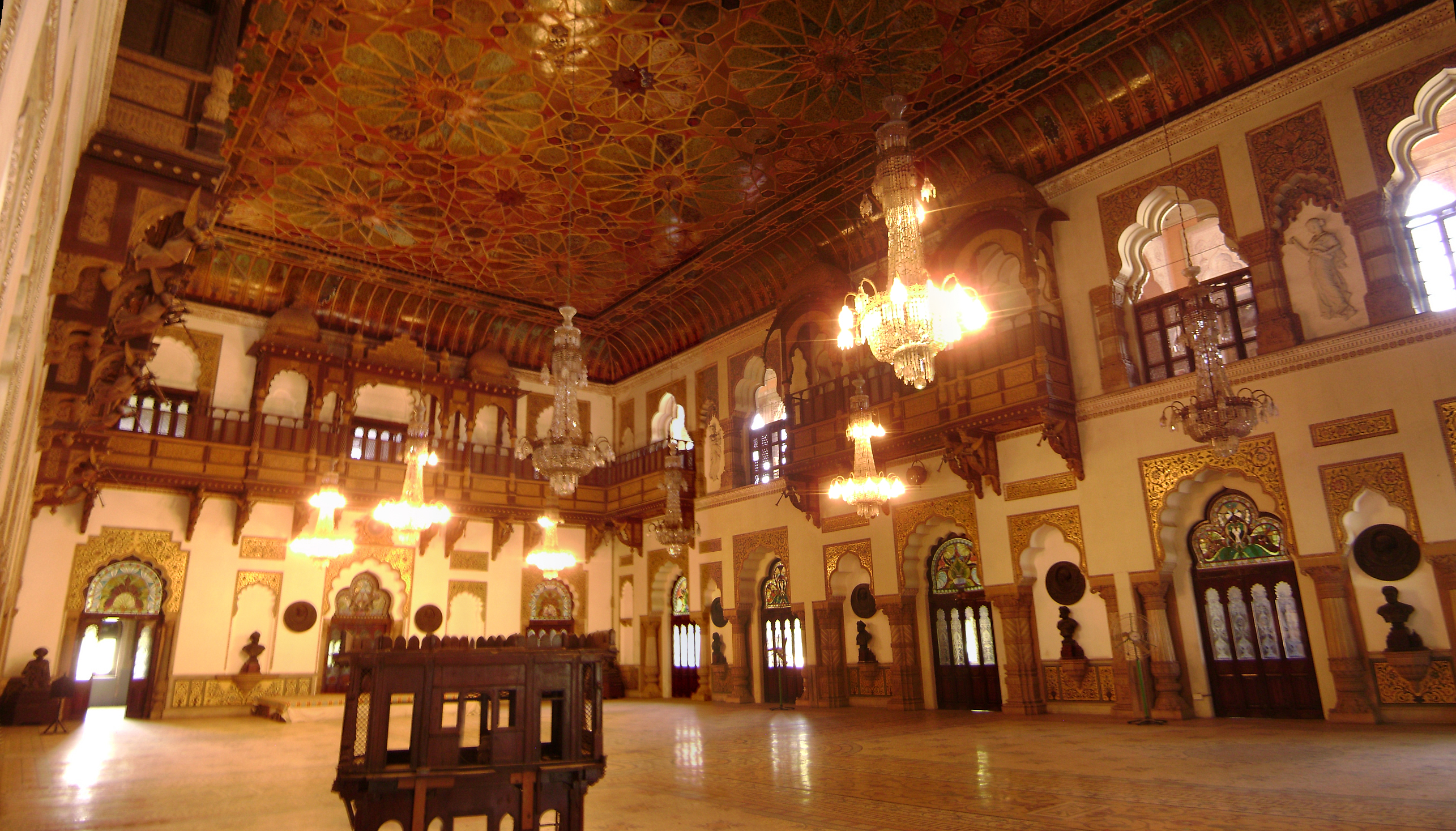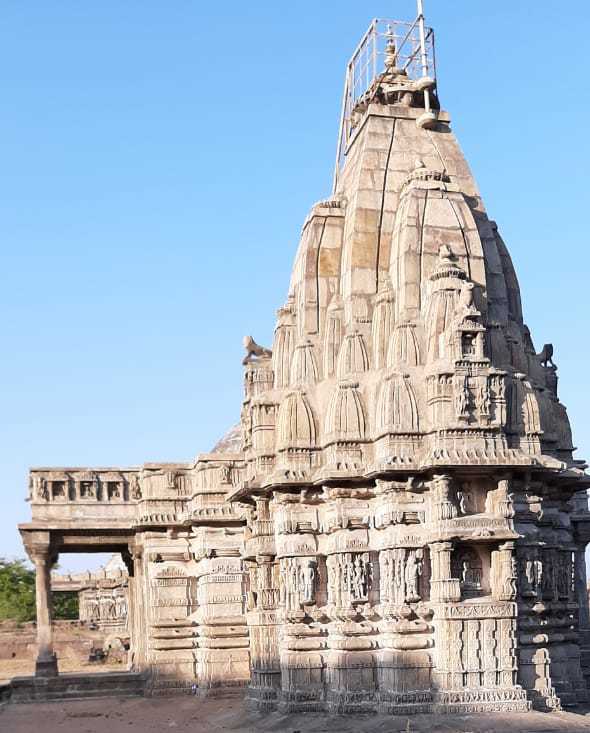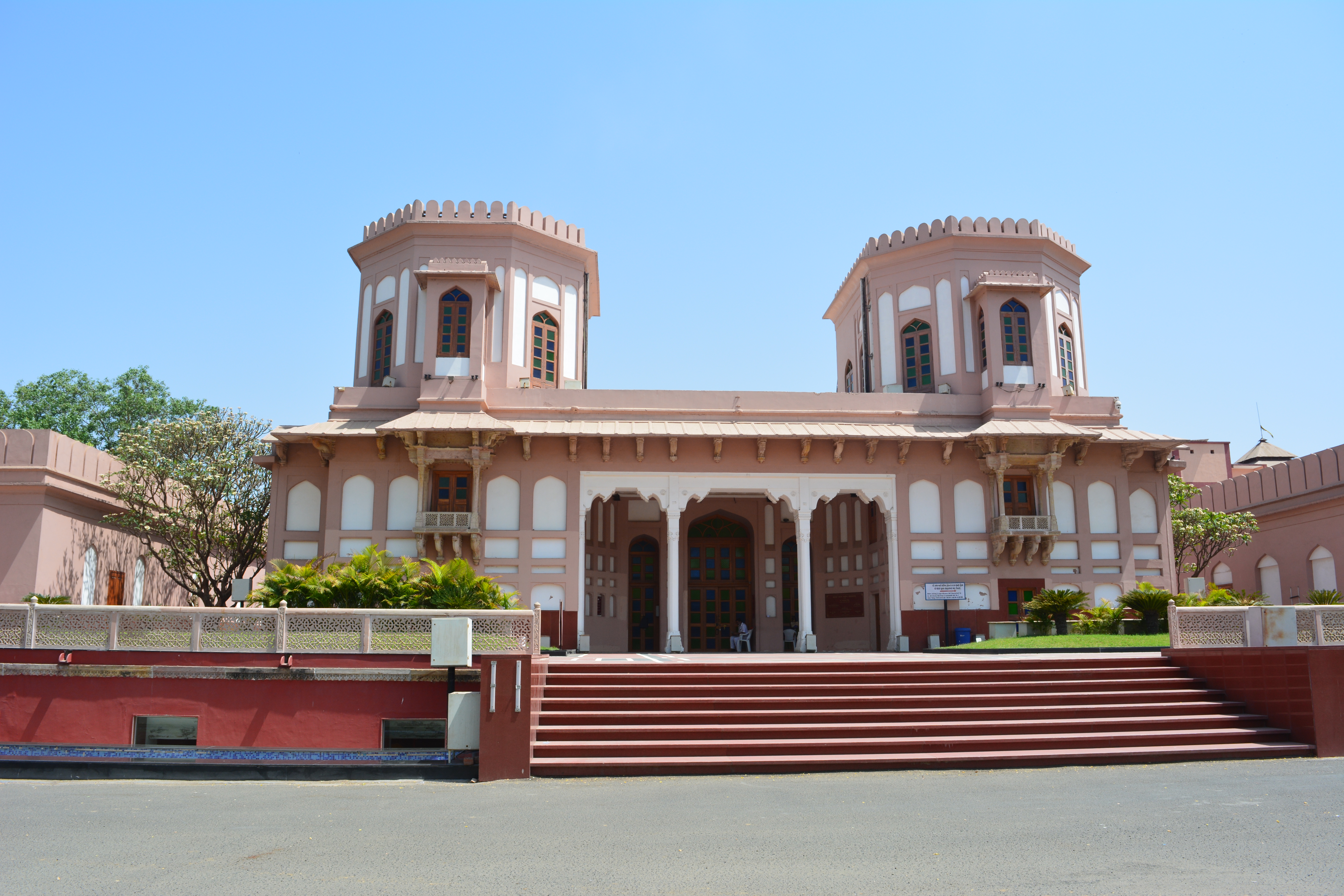Laxmi Vilas Palace stands as a testament to the architectural brilliance and cultural richness of the Gaekwad dynasty in Vadodara, Gujarat. Commissioned by Maharaja Sayajirao Gaekwad III in 1890, this extraordinary residence represents more than just a royal dwelling—it embodies the progressive vision of a monarch who sought to blend tradition with modernity.
The palace's architectural design is a stunning fusion of multiple influences, masterfully combining Indo-Saracenic, Mughal, and Gothic styles under the guidance of British architect Major Charles Mant. Its construction, which cost an impressive £180,000 at the time, showcased the Gaekwad family's commitment to creating a structure that would transcend mere residential functionality and become a symbol of cultural sophistication.
Architecturally, the palace is a marvel of intricate craftsmanship. The exterior, constructed from golden stone sourced from Sonagadh, radiates a mesmerizing glow during sunrise and sunset. Rising over 160 feet with a central dome, the structure features elaborate carvings, sweeping arches, and meticulously designed spaces that reflect both Indian and European aesthetic sensibilities. Inside, Venetian stained glass windows, elaborate mosaic floors, and a ceiling depicting various forms of the Sun God create an atmosphere of unparalleled grandeur.
Beyond its architectural splendor, Laxmi Vilas Palace served as a crucial cultural hub. Maharaja Sayajirao Gaekwad III was renowned for his progressive approach, actively modernizing the Baroda State and supporting artistic and cultural endeavors. The palace itself became a center for cultural exchange, hosting numerous events, exhibitions, and concerts that highlighted the region's rich heritage.
The palace grounds feature unique elements that further distinguish it from typical royal residences. The Navlakhi stepwell represents an ingenious ancient water resource system, while the 10-hole golf course—designed by renowned botanist Sir William Goldring—stands as a rare feature among royal properties. These elements demonstrate the Gaekwad family's innovative spirit and their ability to blend functional design with aesthetic appeal.
The palace's museum is a treasure trove of artistic and historical significance, housing an impressive collection of artworks, sculptures, and artifacts. Notable among these is the collection of works by the celebrated artist Raja Ravi Verma, offering visitors a profound insight into the artistic patronage of the Gaekwad dynasty. The extensive library further enriches this cultural narrative, preserving manuscripts and books that chronicle the family's remarkable history.
Intriguing architectural and historical details add layers of fascination to the palace's narrative. The 300-foot tower, originally conceptualized as a clock tower, was modified to include a distinctive signaling mechanism. A bright red lamp would be lit to indicate the king's presence, a tradition maintained through generations. The saffron flag at the main entrance continues to serve as a symbolic communication to the people of Baroda about the royal family's residence.
Today, Laxmi Vilas Palace remains both a living royal residence and a significant tourist destination. Its ongoing preservation and occasional renovations, such as the golf course's restoration in the 1990s, ensure that this architectural masterpiece continues to tell the story of the Gaekwad dynasty. As a symbol of cultural heritage, architectural innovation, and royal legacy, the palace invites visitors to step into a world where history, art, and royal grandeur seamlessly converge.








